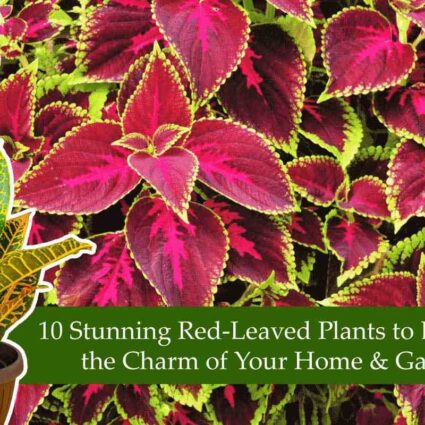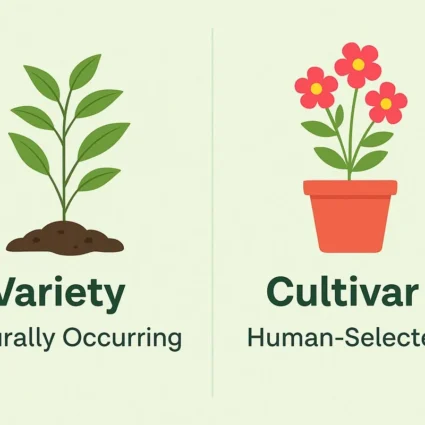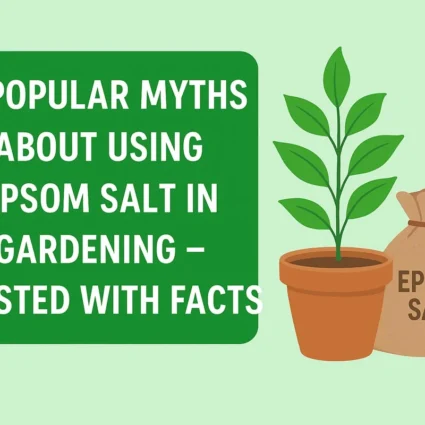
Growing Jasmine: A Comprehensive How-To Guide
Jasmine has enchanted gardeners and flower enthusiasts for centuries with its delicate fragrance and elegant blooms. Whether you’re drawn to its aromatic allure or the timeless beauty of its white flowers, cultivating Jasmine can be a rewarding experience. This comprehensive guide will walk you through the essential steps and considerations for growing Jasmine, helping you create a flourishing garden filled with the sweet scent of success.
Growing Jasmine: A Comprehensive How-To Guide
Choosing the Right Variety
Selecting a suitable variety for your garden before you embark on your jasmine-growing journey is crucial. Common jasmine varieties include Jasminum officinale (Common Jasmine), Jasminum sambac (Arabian Jasmine), and Jasminum polyanthum (Pink Jasmine). Each variety has unique characteristics, from growth habits to fragrance intensity, so choose the one that aligns with your preferences and climate conditions.
Also Read This :How to Choose the Perfect Indoor Plants for You
Selecting the Ideal Location
Jasmine plants thrive in sunny locations, so choose a spot in your garden that receives at least six hours of sunlight daily. Well-draining soil is essential to prevent soggy roots, and adding organic matter can enhance soil fertility. If you plan to grow Jasmine in a container, ensure it has proper drainage holes to avoid water stagnation.
Also Read This :Hibiscus Happiness: 10 Stunning Varieties for a Colorful Garden
Planting Jasmine
When planting Jasmine, dig a hole slightly larger than the root ball and place the plant at the same depth it was in the nursery container. Water thoroughly after planting to help settle the soil and reduce transplant shock. If you’re cultivating Jasmine indoors, choose a well-draining potting mix and a container with drainage holes.
Also Read This :Pruning Jasmine Plants: Step-by-Step Tutorial
Watering and Feeding
Jasmine plants prefer consistently moist soil, especially during the growing season. Water your Jasmine regularly, allowing the soil to dry slightly between waterings. Applying a balanced, all-purpose fertilizer in the spring can promote healthy growth and abundant blooms. Be mindful not to over-fertilize, as this can lead to excessive foliage at the expense of flowers.
Also Read This :The Ultimate Lotus Tea Guide: Health Benefits and How to Make
Pruning and Training
Pruning is a crucial aspect of jasmine care. Regular pruning helps shape the plant, control its size, and encourage branching, leading to more flowers. Prune after the blooming season, cutting back any dead or overgrown branches. If you’re growing a vining jasmine variety, provide a trellis or support structure to guide its growth and create a stunning vertical display.
Also Read This :The Ultimate List: 10 Health Benefits of Snake Plants
Pest and Disease Management
Keep an eye out for common pests like aphids and spider mites and fungal diseases that can affect Jasmine. Regularly inspect your plants, and if you notice any issues, treat them promptly with insecticidal soap or neem oil. Well-maintained, healthy plants are more resilient to pests and diseases.
Also Read This :Green Living in Small Spaces: The Golden Rule for Transforming Compact Homes into Lush Havens
Winter Care
Jasmine may benefit from some protection during the colder months in regions with cooler winters. Consider mulching around the base of the plant to insulate the roots, and if frost is a concern, cover your Jasmine with a breathable fabric on chilly nights.
Also Read This :Breathing Easy: NASA-Approved Plants for Pure Indoor Air Bliss
Growing Jasmine is a journey that rewards patience and care with the intoxicating aroma of its blossoms. You can cultivate a lush and fragrant haven in your garden by selecting the suitable variety, providing optimal growing conditions, and tending to your plant’s needs throughout the seasons. Follow this comprehensive how-to guide, and let the timeless beauty of jasmine bloom in your outdoor or indoor space, adding a touch of elegance and fragrance to your surroundings.
Also Read This :10 Indoor Houseplants for a Restful Night’s Sleep




